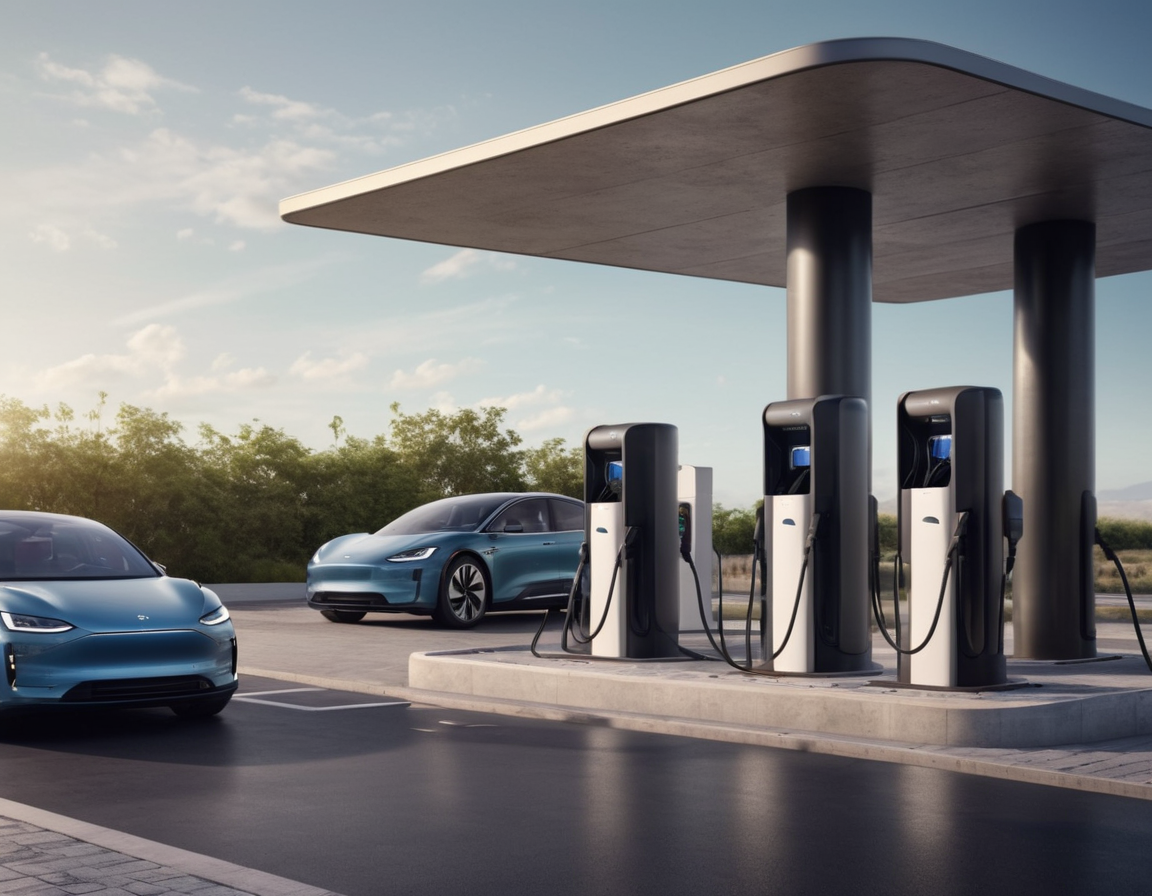Embracing the Green Future: The Rise of Electric Vehicles
The Shift to Electric: How EVs are Driving Towards a Sustainable World
Electric vehicles (EVs) are rapidly reshaping the automotive landscape, offering cleaner, more efficient transport solutions. As environmental concerns become ever more pressing, the shift towards EV technology represents a critical step in reducing carbon emissions and combating climate change. In this post, we’ll explore the evolution of electric vehicles, their environmental impact, and what the future may hold for this burgeoning industry.
Understanding Electric Vehicles
Unlike conventional cars that run on internal combustion engines, electric vehicles are propelled by electric motors powered by rechargeable batteries. This simple yet profound difference aims to revolutionize our transportation systems.
There are several types of electric vehicles, including:
- Battery Electric Vehicles (BEVs): These are fully electric vehicles with no gasoline engine, relying entirely on battery power.
- Plug-In Hybrid Electric Vehicles (PHEVs): PHEVs have both an electric motor and a gasoline engine, allowing them to switch between or combine power sources.
- Hybrid Electric Vehicles (HEVs): HEVs primarily use a gasoline engine, with an electric motor that kicks in for added efficiency.

The Environmental Impact
One of the primary benefits of EVs is their potential to lower greenhouse gas emissions. Operating on electricity means EVs can run on renewable energy sources, such as wind or solar power, making them a crucial part of the renewable energy ecosystem.
Moreover, as battery technology evolves, the energy storage capabilities and range of electric vehicles continue to improve, making them more appealing to consumers.
The Global EV Market
The global market for electric vehicles is expanding at an unprecedented rate. Governments around the world are implementing policies to encourage EV adoption, including subsidies, tax incentives, and investments in charging infrastructure. Automotive manufacturers are responding with a surge in electric model offerings and pledges to shift entirely to electric powertrains in the future.
China and Europe currently lead in EV sales, but markets like the United States are quickly catching up. The commitment of legacy automakers—alongside the rise of EV-exclusive companies—is a strong indicator of the industry’s transformation.

Challenges Ahead
Despite the optimistic outlook, adopting electric vehicles on a massive scale faces several challenges. Key among these are battery production and the sustainability of the materials used, building sufficient charging infrastructure, and managing the transition from fossil fuels to a predominantly renewable grid.
Addressing these challenges requires coordination between governments, industry partners, and energy providers. It also highlights the need for continued innovation in energy storage and vehicle design.
Conclusion: A Cleaner Commute on the Horizon
The rise of electric vehicles heralds a move towards a more sustainable and efficient transportation future. While challenges remain, the potential environmental benefits are clear. The road ahead for electric vehicles is promising, charged with the possibility of a greener, cleaner planet.
As consumers, we play a pivotal role in this transition. By opting for electric vehicles, we’re not just choosing a mode of transportation but taking a stand for the environment. The journey to a sustainable world is mapped out in electric circuits—let’s drive it forward together.
Are you ready to join the electric revolution?
Share this post, discuss it with friends, and consider the impact your next vehicle purchase can have on our planet. The future is electric, and it’s looking bright!






